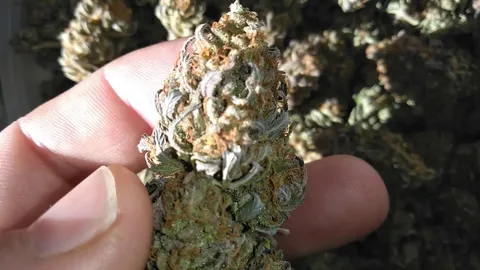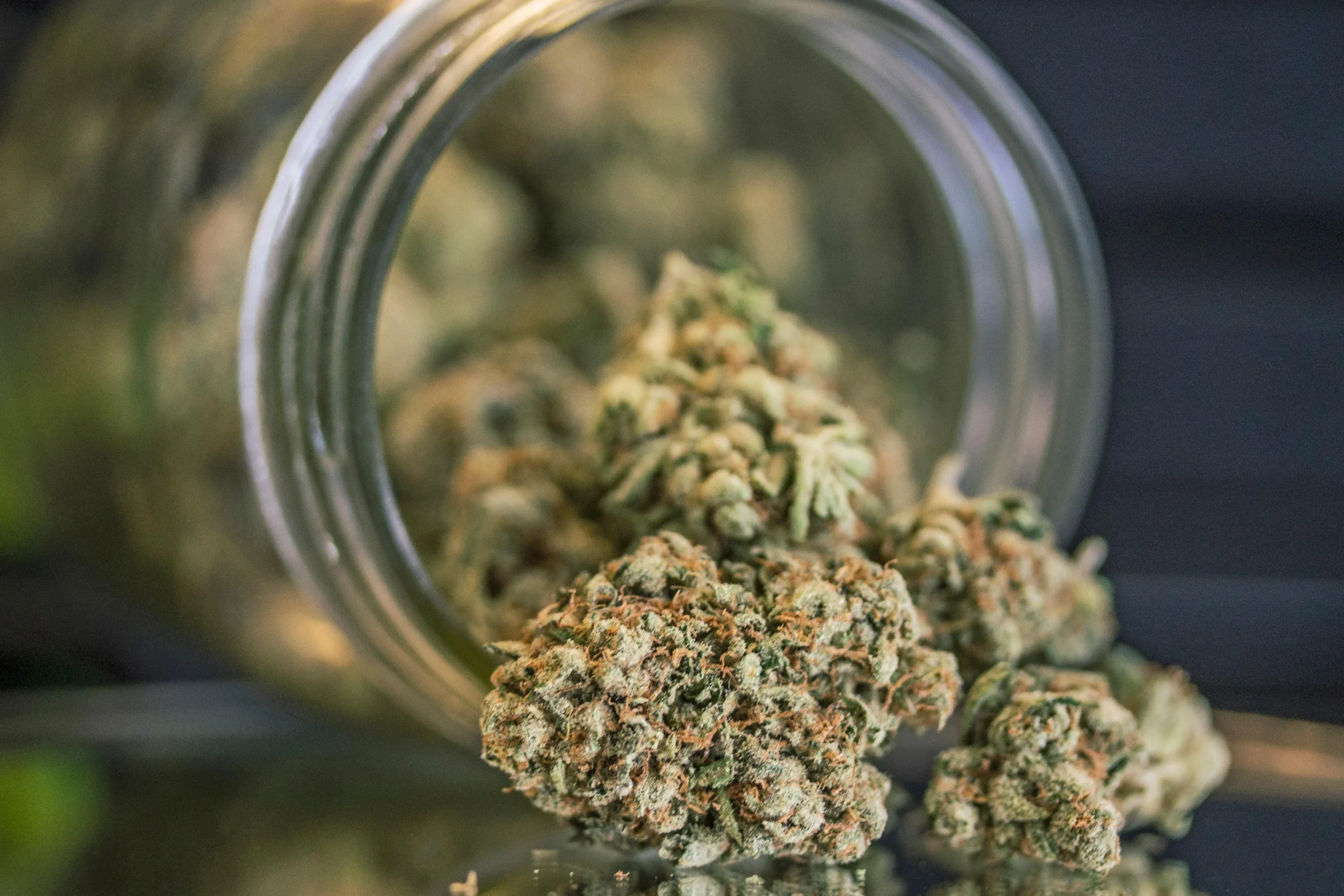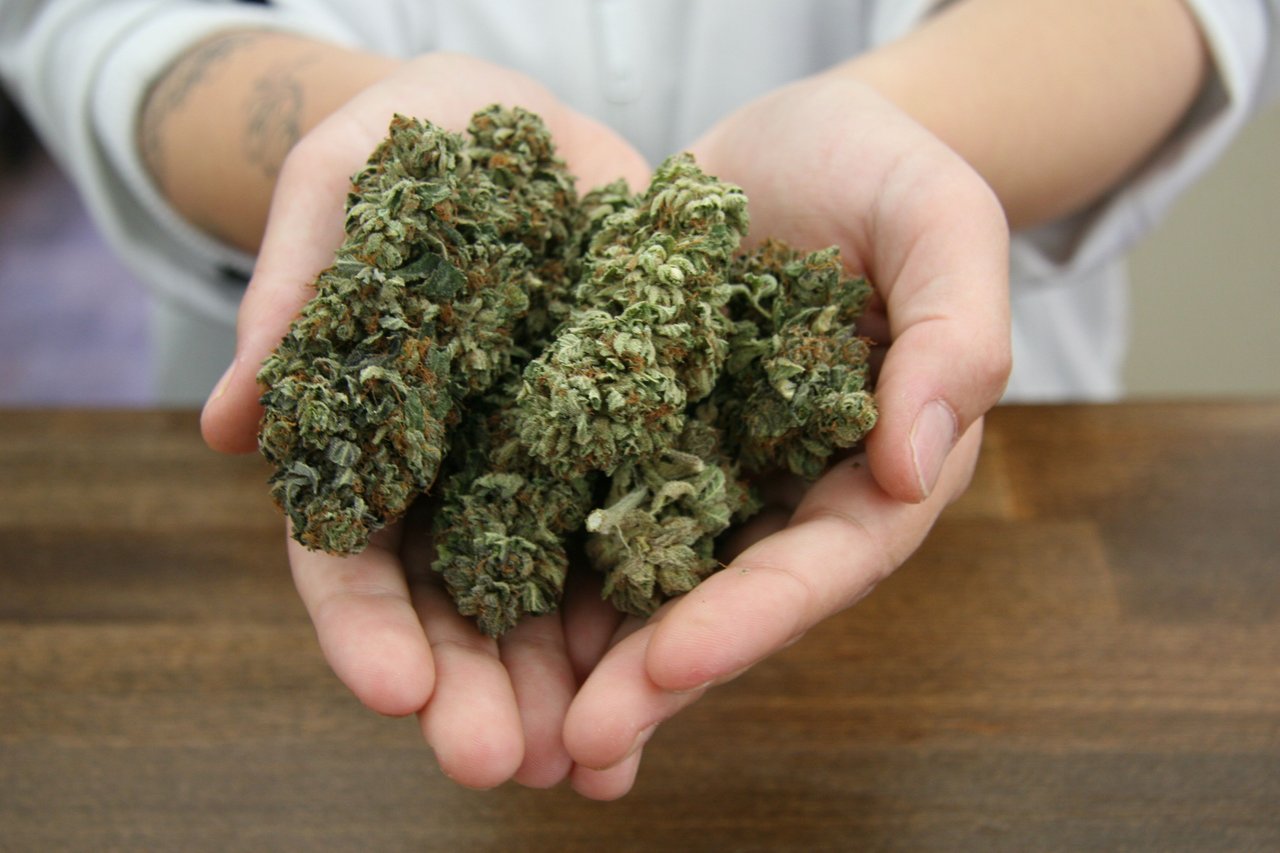News
The Science Behind Cannabis for Medical Purposes: How It Works
Cannabis has been used for centuries to treat various ailments, but only in recent decades has modern science begun to uncover the mechanisms behind its medicinal properties. As legalization spreads and stigma fades, understanding how cannabis for medical purposes works becomes increasingly important. This article delves into the science behind cannabis for medical purposes, explaining its therapeutic potential and how it interacts with the human body to provide relief from various conditions.
Unveiling the Endocannabinoid System

The endocannabinoid system (ECS) is a complex cell-signaling system discovered in the early 1990s. It plays a crucial role in regulating a range of functions and processes, including mood, appetite, sleep, and immune response. The ECS consists of endocannabinoids (naturally occurring compounds in the body), receptors (CB1 and CB2), and enzymes that synthesize and degrade endocannabinoids. Cannabis compounds, such as THC and CBD, interact with this system, leading to various therapeutic effects.
Cannabis for medical purposes leverages this intricate system to provide relief from a variety of conditions. For instance, THC binds to CB1 receptors predominantly found in the brain, influencing pain, mood, and memory. CBD, on the other hand, interacts more subtly with both CB1 and CB2 receptors, modulating the effects of THC and providing anti-inflammatory and anti-anxiety benefits without the psychoactive high.
Interestingly, this interaction with the ECS also explains why certain strains of cannabis can induce laughter and euphoria. When people seek cannabis to make you laugh, they are often choosing strains high in specific terpenes and cannabinoids that amplify these effects by stimulating the ECS in particular ways. By understanding the ECS, we gain insight not only into the medicinal applications of cannabis but also into its ability to enhance mood and foster social connections through laughter and joy.
THC and CBD: The Powerhouse Cannabinoids
THC and CBD are two of the primary cannabinoids present in cannabis and one or the other is used for medicinal purposes. THC produces the euphoric response – the high whereas CBD is the non- psychoactive compound that is linked with medical benefits. THC lamely attaches to CB1 receptors in the brain and plays a role in pain sensation, mood, and memory. CBD, in contrast, activates both the CB1 and CB2 receptors but can prevent THC’s psychoactive effects from occurring; therefore, CBD is useful for many conditions that require cannabis without the compound.
The Therapeutic Potential of Cannabis
Medical marijuana is quite encompassing in therapeutic utility in that it can be used to treat different conditions. Studies have revealed it to help in control of chronic pain, tame inflammation,act as an antidepressant and an antianxiety drug, help in epileptic seizures and may even halt the progression of diseases like Alzheimer’s. Because of the entourage effect where a cocktail of cannabinoids and terpenes theoretically has a positive interaction adding to the treatment value of cannabis, it is a versatile medicine.
Pain Management and Inflammation

Chronic pain is another area where patients utilise medical cannabis, as it is one of the main causes of pain. THC and CBD have been confirmed to have pain relieving effects through binding to the receptors of ECS as well as regulating discomfort signals. Also, for this reason, there is evidence that cannabis has painkiller properties effective for arthritis, multiple sclerosis, and inflammatory bowel disease. Thus, through reducing inflammation, cannabis also assists with the treatment of pain and enhances the patients’ quality of life in many cases.
Mental Health Benefits
Cannabis can also play a significant role in mental health treatment, highlighting its importance in the realm of cannabis for medical purposes. CBD, in particular, has shown promise in reducing symptoms of anxiety, depression, and PTSD. Its anxiolytic and antidepressant properties make it a potential alternative to traditional medications, which often come with undesirable side effects. THC can also help, but its psychoactive effects require careful dosing and monitoring.
Moreover, research indicates that cannabis for medical purposes can enhance mood stabilization and promote emotional resilience, providing a valuable tool for those with mood disorders. By interacting with the body’s endocannabinoid system, cannabis helps regulate neurotransmitters associated with mood and stress responses. This interaction can lead to improved mental clarity, reduced intrusive thoughts, and a greater sense of well-being.
For individuals suffering from severe anxiety or panic disorders, cannabis offers a natural way to calm the nervous system and promote relaxation. Patients have reported that using cannabis for medical purposes helps them feel more grounded and less overwhelmed by their symptoms. As research continues, the potential for cannabis to serve as a critical component of mental health treatment plans becomes increasingly evident.
Seizure Control and Neurological Disorders
Another primary area of medical marijuana is in managing seizures, with notable application in epilepsy that is refractory to other conventional treatment methods. Some epilepsy patients have found Cannabidiol, a substance derived from the cannabis sativa plant helpful, and a capsule called Epidiolex has been approved for this use by the Food and Drug Administration. It also holds a prospect for such diseases as Parkinson and multiple sclerosis since it can aid in managing some of the symptoms and can actually help to stop the development of the disease.
The Future of Cannabis Research
Despite the growing acceptance and use of cannabis for medical purposes, research is still in its infancy. More rigorous clinical trials and studies are needed to fully understand its mechanisms and optimize its use. Future research will likely uncover new therapeutic applications and refine existing treatments, further integrating cannabis into modern medicine. As researchers continue to explore the complexities of the cannabis plant, they will delve deeper into how its various compounds interact with the human body, leading to more targeted and effective therapies. The potential for cannabis for medical purposes is vast, and ongoing studies will pave the way for innovative treatments for conditions such as chronic pain, epilepsy, multiple sclerosis, and even mental health disorders. Additionally, advancements in cannabis cultivation and extraction methods will enhance the consistency and safety of medical cannabis products, ensuring patients receive the highest quality care. With each scientific breakthrough, the future of cannabis for medical purposes looks increasingly promising, offering new hope and improved quality of life for patients around the world.
Navigating the Legal and Medical Landscape

Nowadays there are stringencies about the use of hashish as the legal status differs depending on the country of the world. Both clientele and physicians need to work within a rather convoluted legal system to gain as well as distribute cannabis lawfully. Also, strains, dosage and mode of administration are critical in managing the disorders through the approved products. Continuous training and outreach work is crucial to guarantee that patients are not only being provided with safe and efficient cannabis-based medicines but also with knowledge about those medicines.
Embracing Cannabis for a Healthier Future
Of all the pursuits related to cannabis, Medical Marijuana is truly intriguing and may open up doors to a new world of opportunities. the ECS is an area that scientists are striving to explore more as the potential of cannabinoids, as a standard medication is realized.
The understanding of the Endocannabinoid System, a receptor, enzyme and endocannabinoid network throughout the body highlights how cannabis induces a therapeutic effect to foster health. Considering that the most well known cannabinoids mimic the naturally occurring by the body endocannabinoids, those of cannabis interact with dozens of different receptors and affect the wide ranges of biological processes including influences the mood, appetite, pain and immune response.
Further, selectivity of marijuana as a therapeutic entity is not easily matched by any other tool in the medical arsenal. But there is much more to the story – and the plant: cannabis has significant benefits in treating and controlling chronic pain and inflammation, relieving symptoms of anxiety, depression, post-traumatic stress disorder and many other conditions. They also have medical uses for instance in controlling epilepsy, multiple sclerosis and chemotherapy-induced nausea and vomiting hence helping patients who may not have been helped by conventional treatments.
According to the current social dynamics, cannabis still retains some negative perception and connotations but, with the increase of the advancement of health systems and accepting society, it has slowly but surely embracing acceptance. This change of course is helpful in extending the argument for the rehabilitation of cannabis as a bona fide medical commodity that has not been given due consideration by the letter of the law.
At the same time, this ancient remedy deserves a fresh look, as the principles of the alchemist’s work can open new doors to effective treatment of diseases and healing of patients all over the world. As research continues to advance and focus on a person-centered perspective of medicine, cannabis will follow the trajectory of becoming one of the most impactful drugs of the modern world.


